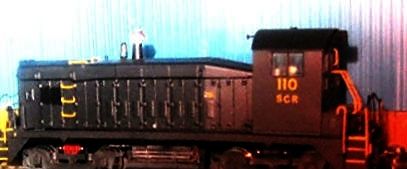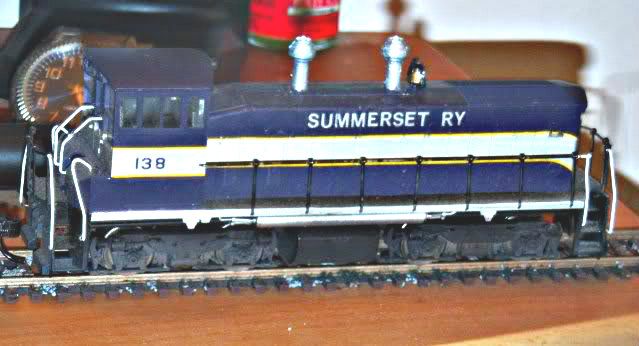A few random thoughts from someone who has been doing both prototype and freelance modeling for about 40 years now.
My freelanced ATLANTIC CENTRAL interchanges with the B&O, C&O and Western Maryland - on the areas of the layout as modeled.
I try to be reasonably accurate with the models for those prototype roads.
I do not model specific real places, even if some place names on the layout are named after real places.
I work hard at giving the scenery and features a realistic flavor of the Mid Atlantic where all these railroads - real and fictional - are located.
I stick to my modeled era pretty closely - 1954 - with a few little “stretches” in history and or time - mostly stuff most people would not even know, and that actually add to the effect of portraying that “period” in history.
Freelance modeling, or “protolance” modeling is actually a little more difficult in some ways than just following a prototype in my view. Rather than just researching “what was”, and then getting as close as is reasonable, good protolance modeling requires a deeper understanding of why and how things work, and how history evolved in railroading to allow you build a believable fictional history.
And that requires just as much research and possibly more discipline than simply following a prototype.
Unlike many modelers, I am not really a collector of model trains - I don’t own models of “famous” stuff like Big Boys, K4’s, GG1’s, NYC Hudson’s, etc,etc.
I don’t buy models that don’t fit the theme and era of the layout. I don’t take locos that a 1950’s east coast line would NOT have had and just slap ATLANTIC CENTRAL on them anyway.
The whole point is for it to be believable even though it is fiction - like a good period movie.
I respect those who follow a prototype closely, and as stated I model the C&O, B&O and WM with some degree of accuracy. But no one prototy

